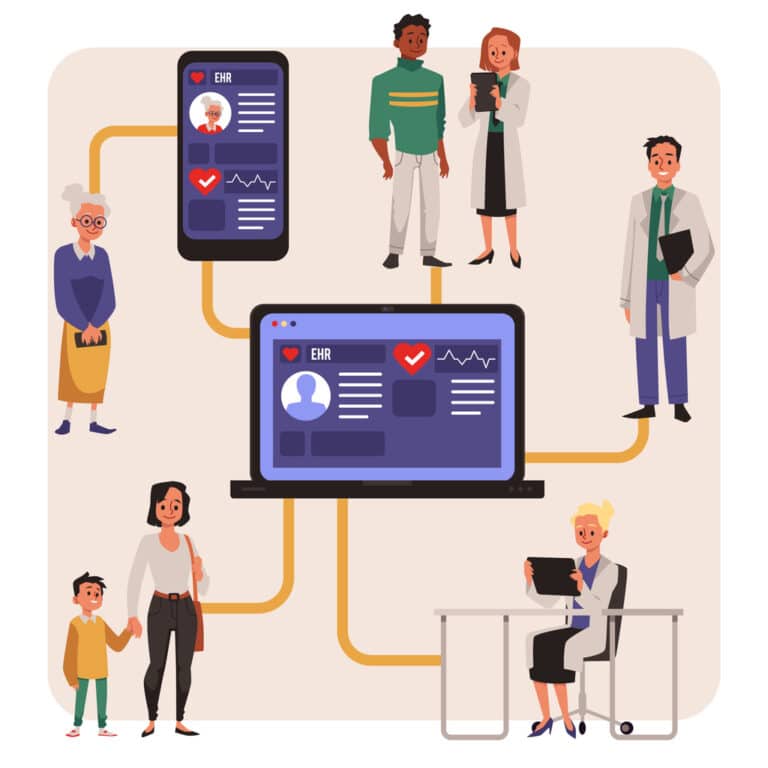The Importance of Digital Marketing
Nearly $75 billion dollars is spent annually in the United States on digital advertising; experts agree that this trend is only going to continue to rise. A large factor contributing to this rise is the increase in the number of Americans who are now online – nearly 90 percent, which is up from only half in the early 2000s. Americans are also accessing the internet on more than just their desktop computers; 77 percent of American adults own a smartphone and 51 percent own a tablet.
With this surge in internet usage comes an increase in online searches. Nearly 60 percent of all searches are now performed on smartphones. The health industry has the second highest percentage of mobile search volume at 68 percent; food and beverage mobile searches are the most common with 72 percent (just think of how often you look up where to eat while on the go).
It is now common to find review and directory websites competing with practice sites in organic search results. This makes your online presence and reputation more important than ever, as a survey of how patients use online reviews found that 72 percent of respondents use them as a first step to seeking a healthcare provider.
In order to bring in patients and get the most from your practice’s budget, all marketing in the digital space should be focused on the patient journey, which begins with a simple online search.
What Is the Patient Journey?
Think of the last time you found a new doctor; that entire process was a patient journey. The patient journey is broken down into four phases – research, comparison, decision and experience.

For our example, we will use someone who is experiencing allergy symptoms.
The first thing this individual will do is to realize that the nasal congestion, sneezing and runny nose they have been experiencing may be associated with a possible allergy. After a quick online search, they will find a number of possible solutions, ranging from both medical and at-home remedies. After discussing their problems with friends and family, this individual will come to the conclusion that they should see a doctor.
After they complete their initial research, this individual will begin comparing various medical treatments to further narrow down their options. They will log onto their medical insurance’s website to find doctors that are both in their area and accept their insurance.
From there, this individual will read reviews and general information about various practices to figure out which one will best fit their needs. Once they have narrowed down their options, they will use the online reviews, local market research and personal recommendations to make a decision on which doctor to see.
They will then go on to work with various staff members, including medical assistants, nurses, doctors and those who work in the front office and billing department. At the end of it all, this individual will take stock of their overall experience at the practice and write an online review, which can then be used by the next person looking to find an allergist.
Looking ahead, we will dive more deeply into each part of the patient journey in the next few newsletters so you can learn how to create and implement a winning digital strategy.
Need help with your 2018 digital plan? Contact your regional manager today.


